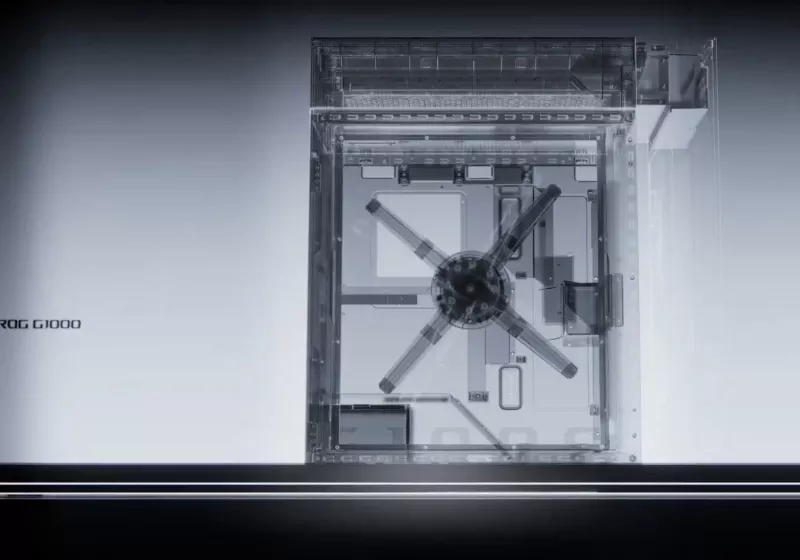Floating in orbit above Mars, NASA’s 2001 Mars Odyssey orbiter captured a panorama of the Red Planet’s biggest volcanoes, Arsia Mons, peeking over a sea of clouds. The picturesque moment offers an exceptionally rare view of a Martian volcano, showing the landform at an angle in space that captures the planet’s horizon.
“We picked Arsia Mons hoping we would see the summit poke above the early morning clouds. And it didn’t disappoint,” Jonathon Hill, the operations lead for Odyssey’s camera and a mission planner at Arizona State University’s Mars Space Flight Facility, called the Thermal Emission Imaging System, or THEMIS, said in a statement. THEMIS can view Mars in both visible and infrared light.
Launched in 2001, Odyssey has been circling around Mars for over two decades, studying the Martian surface. But in 2023, the orbiter began taking breathtaking panoramic views of the Martian horizon. Because THEMIS can’t pivot to get these stunning views, the orbiter flips on its side, rotating a full 90 degrees. That way, it captured Mars’ “limb,” the edge of the planet’s horizon. This is THEMIS’ fourth limb observation since 2023.
Odyssey captured the image on May 2, just before dawn. In it, Arsia Mons stands 12 miles (20 kilometers) high and measures 70 miles (450 km) in diameter. For comparison, Earth’s tallest volcano, Mauna Loa, stands 6 miles (9 km) above the seafloor and measures 75 miles (121 km) in diameter.
Arsia Mons is also one of Mars’ cloudiest volcanoes and the southernmost of the three Tharsis volcanoes that form Tharsis Montes, or Tharsis Mountains. These mountains are often surrounded by water ice clouds, particularly early in the morning. The clouds form when air expands as it blows up the sides of the mountain and then rapidly cools.
This view also allows scientists to study Martian weather and phenomena like dust clouds and how they change over the course of the seasons. Odyssey might be able to capture a few more of these panoramas before its eventual retirement, likely at the end of this year.







 English (US) ·
English (US) ·